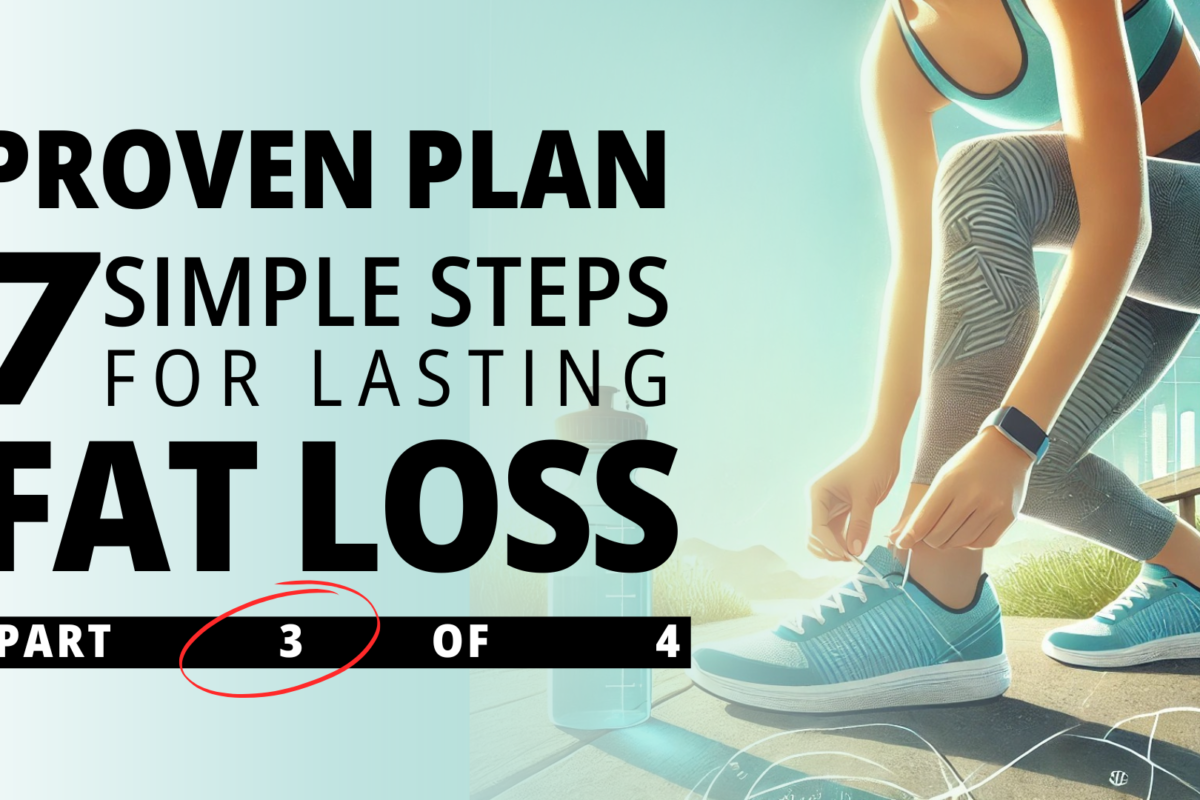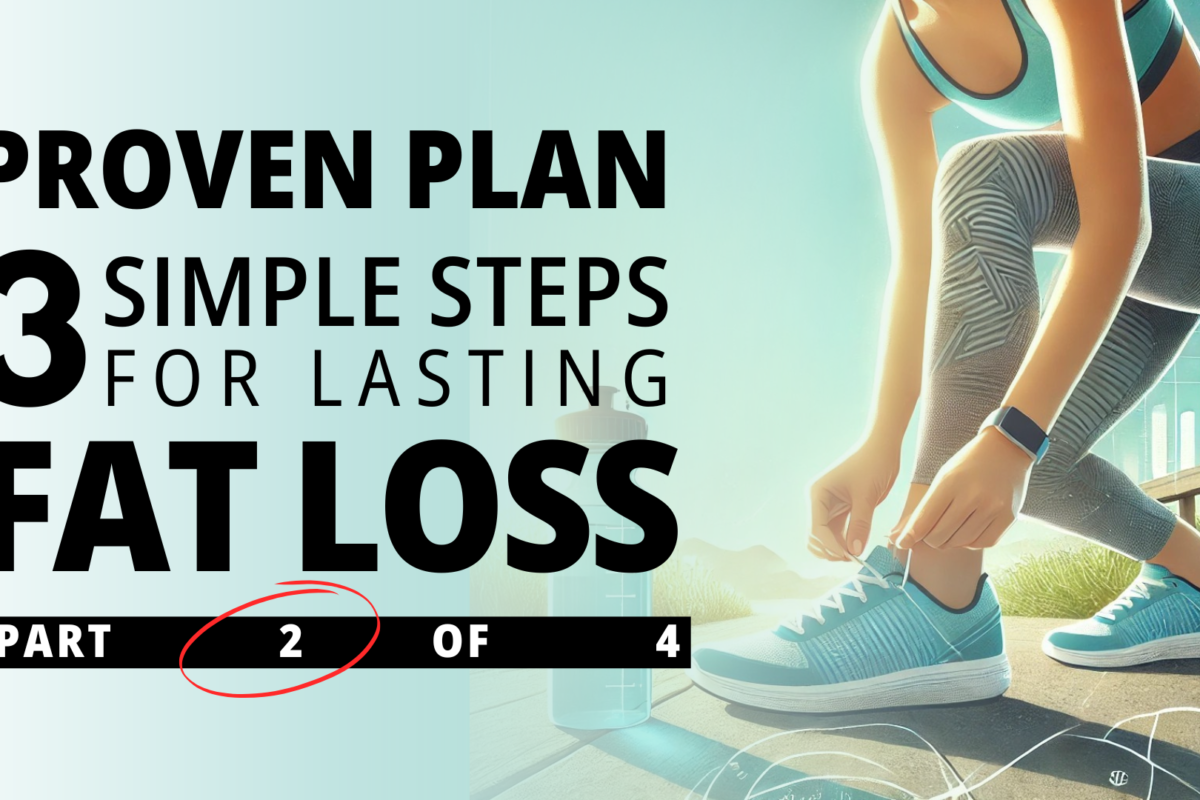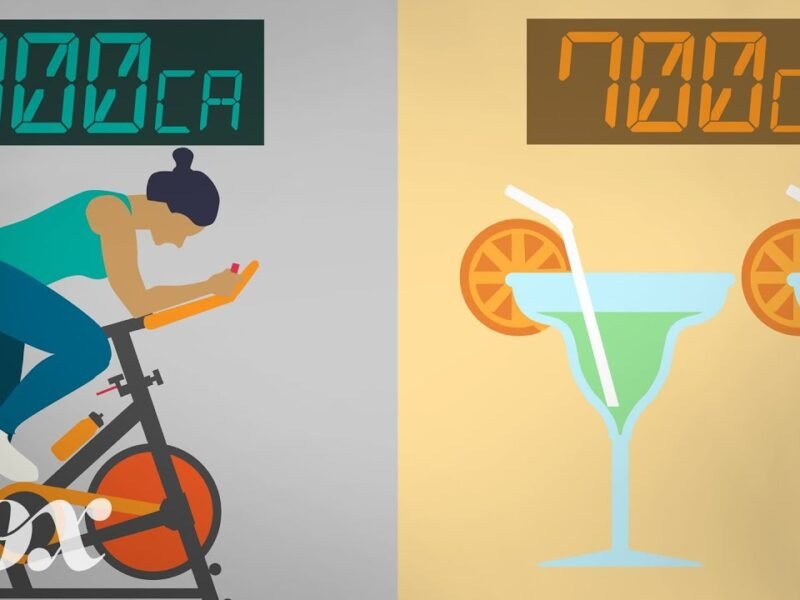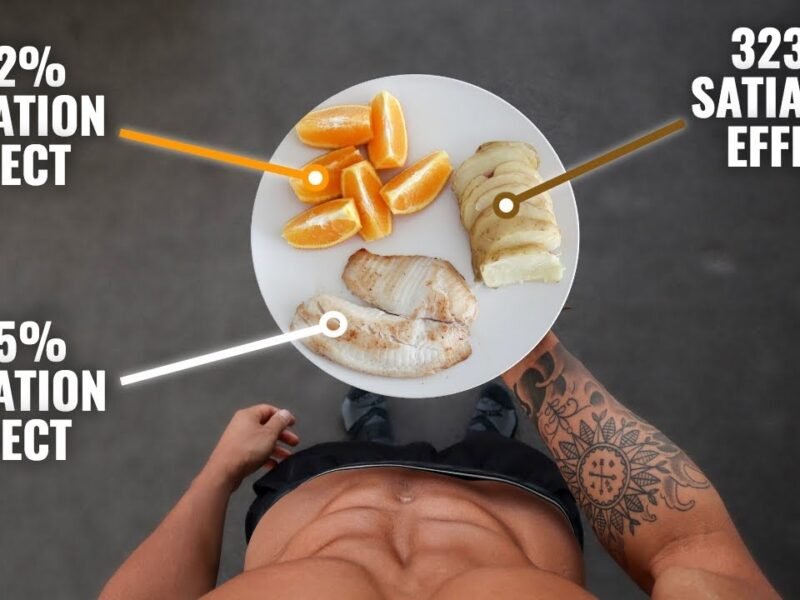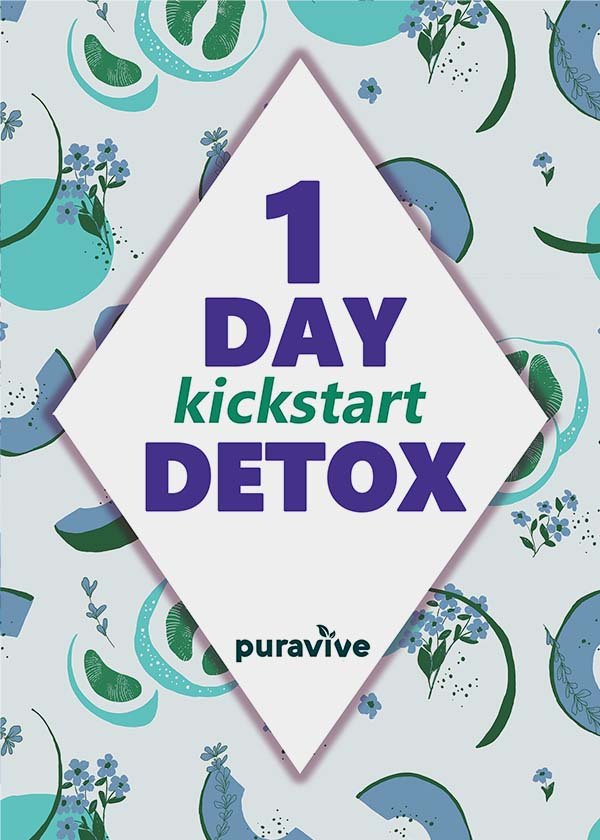3 Proven Steps For Lasting Fat Loss: Your Ultimate Guide (Part 1 of 4)
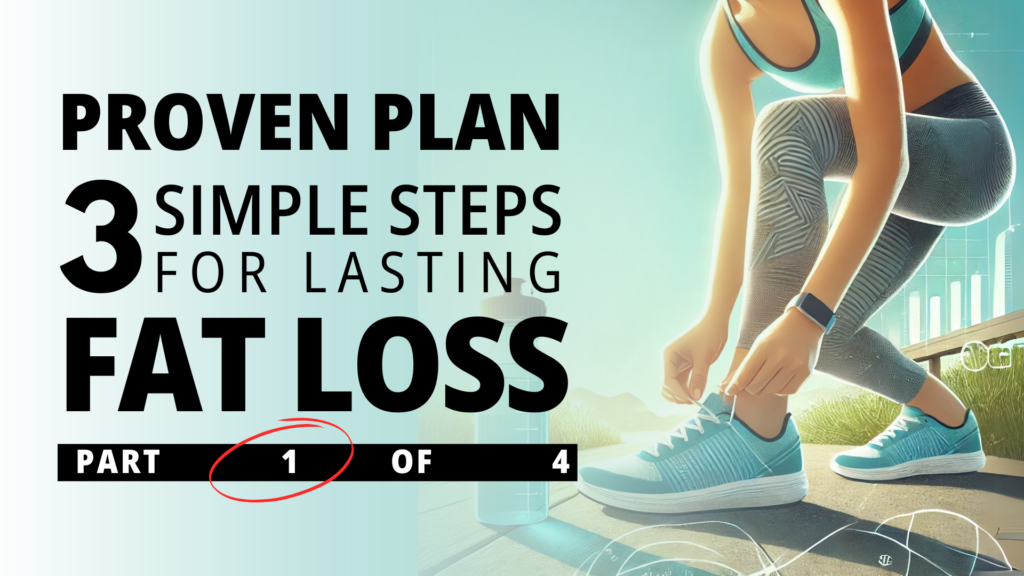
Fat Loss: The Simple 3-Steps to do it for GOOD! (Part 1 of 4)
Are you tired of being bombarded with quick-fix weight loss promises that never deliver lasting results? Fad diets, miracle supplements, and the latest fitness gadgets might seem tempting, but the truth is they only offer temporary solutions. If you’re looking for sustainable fat loss and a healthier lifestyle, the secret lies in a simple, science-backed process.
At SlimScienceTV, we’re here to guide you through the real path to weight loss success. This blog is part one of a four-part series, designed to break down the process into three actionable steps: Metabolic Restoration, Lifestyle Optimization, and Fat Loss Acceleration. These steps aren’t just about losing weight; they’re about building habits that last a lifetime.
The Hard Truth About Sustainable Fat Loss
In a world where promises like “lose 30 pounds in 30 days” dominate the weight loss industry, it’s easy to feel overwhelmed and skeptical. The reality? Sustainable weight loss isn’t quick or easy—it takes time, patience, and consistency. But here’s the good news: it’s simple.
Why doesn’t simplicity sell? Because simplicity doesn’t come with flashy promises or overnight results. However, by following the three essential steps to lasting fat loss, you’ll achieve results that don’t just transform your body but also your overall well-being.
Step 1: Metabolic Restoration
Your metabolism is the engine that powers your body. If you’ve been stuck in a cycle of crash diets or extreme calorie restriction, chances are your metabolism has slowed down. Metabolic Restoration focuses on repairing this damage and bringing your body back to a state of balance, known as homeostasis.
Key Actions for Metabolic Restoration:
- Increase Caloric Intake Gradually: Start by calculating your Total Daily Energy Expenditure (TDEE) and gradually increase your caloric intake to reach this level.
- Prioritize Nutrient Density: Focus on whole, unprocessed foods that provide the macronutrients (protein, carbs, fats) and micronutrients (vitamins, minerals) your body needs to function optimally.
- Reduce Stress: Chronic stress can wreak havoc on your metabolism. Incorporate stress-reducing activities like yoga, meditation, and adequate sleep.
This phase typically takes 3–12 weeks, depending on your starting point. The goal is to nourish your body, restore energy levels, and create a solid foundation for the next steps.
Step 2: Lifestyle Optimization
Once your metabolism is restored, the next step is to integrate healthy habits into your daily life. Think of this as “training” your lifestyle to work with your goals rather than against them.
Key Actions for Lifestyle Optimization:
- Build Consistent Habits: Small changes, like meal prepping or taking a daily walk, can snowball into major lifestyle shifts.
- Practice Mindful Eating: Learn to listen to your hunger cues, savor your meals, and avoid mindless snacking.
- Balance Your Routine: Include strength training, light cardio, and restorative activities like stretching or walking.
- Hydration is Key: Drinking enough water supports digestion, energy, and fat loss.
Lifestyle Optimization isn’t about perfection—it’s about progress. With time, these changes will become second nature, making the final step much easier.
Step 3: Fat Loss Acceleration
Only after restoring your metabolism and establishing a healthy lifestyle is it time to focus on fat loss. During this phase, you’ll create a calorie deficit—eating fewer calories than your body burns—to encourage weight loss while maintaining muscle mass and energy.
Key Actions for Fat Loss Acceleration:
- Calculate Your Deficit: Start with a 20% calorie deficit based on your TDEE. For example, if your TDEE is 2,000 calories, aim for 1,600 daily.
- Prioritize Protein: Ensure you’re consuming at least 1 gram of protein per pound of goal body weight to preserve muscle and boost satiety.
- Mix Up Your Workouts: Incorporate both high-intensity interval training (HIIT) and steady-state cardio to maximize calorie burn and fat loss.
- Stay Consistent, Not Perfect: Progress might slow, but consistency is what drives long-term results.
It’s important to note that fat loss is temporary and should be approached strategically. Most individuals spend 6–12 weeks in this phase before returning to Metabolic Restoration to prevent metabolic adaptation.
Why This Process Works
This three-step approach is rooted in science and designed to break the harmful cycle of restrictive diets and metabolic damage. By following this process, you’ll:
- Improve your metabolism and energy levels.
- Build habits that make weight management feel natural.
- Achieve lasting fat loss without the frustration of plateaus.
Next Steps
Over the next three blogs, we’ll dive deeper into each phase of the process to give you a clear roadmap to success. Whether you’re just starting your weight loss journey or looking to refine your approach, this series will equip you with everything you need.
Remember, this isn’t about quick fixes. It’s about building a healthier, happier version of yourself.
Stay tuned for Part 2: Metabolic Restoration, and don’t forget to follow us on SlimScienceTV.com for more tips, strategies, and success stories!
Like/Follow for More Inspiration
Don’t miss out on the rest of this series and other transformative content. Follow SlimScienceTV on social media for daily motivation and updates.











